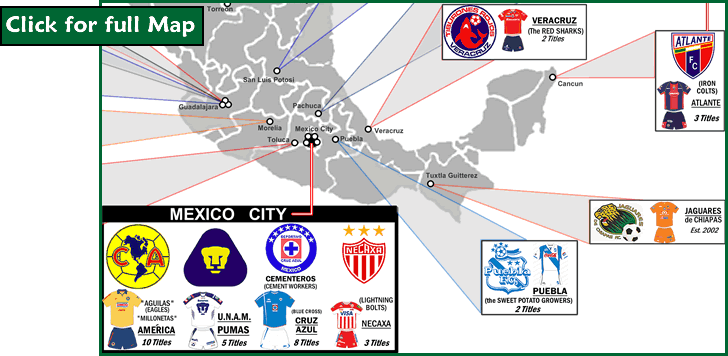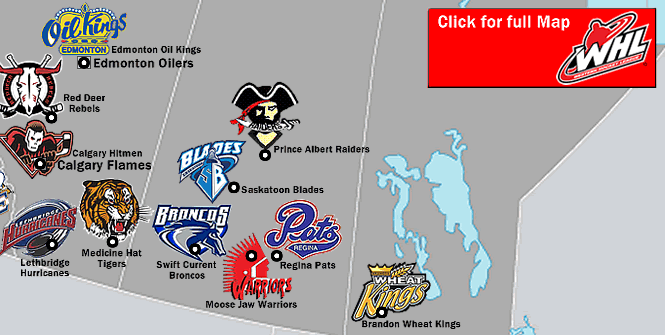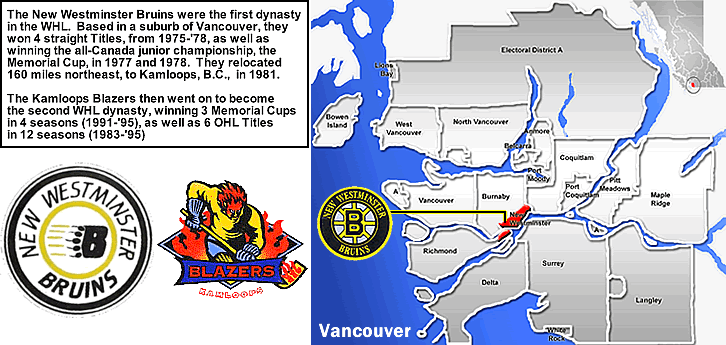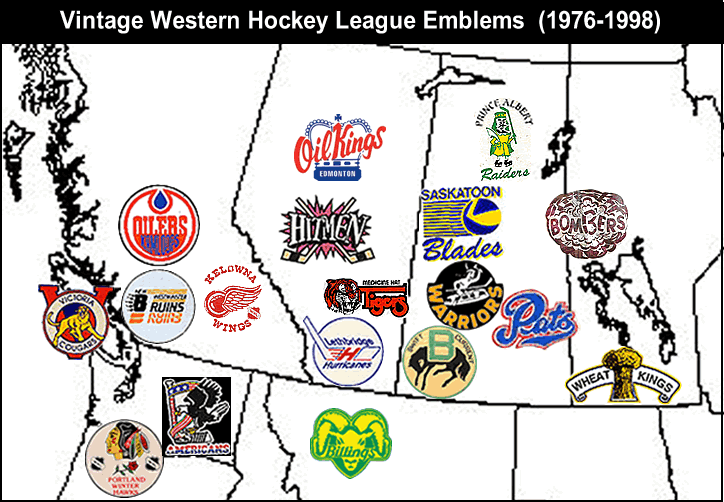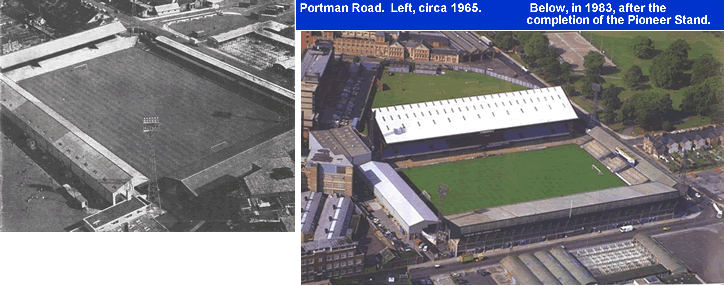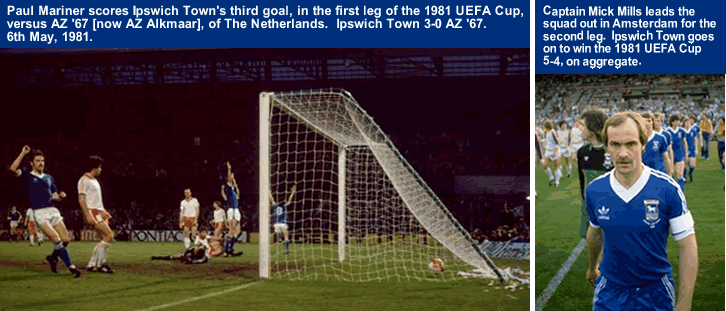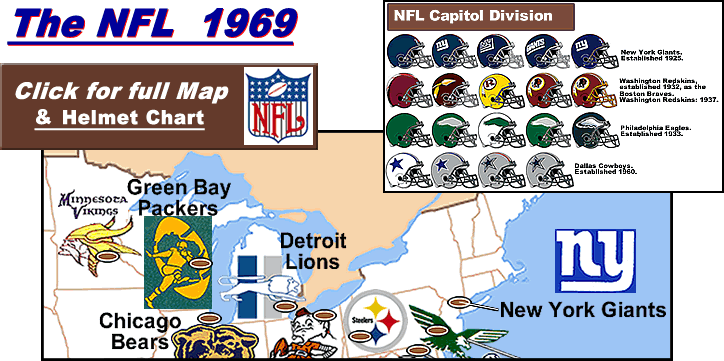Bristol City FC was formed in 1897, when Bristol South End FC turned professional, and changed it’s name. In 1901, the club joined the League, in the Second Division. In 1906, they finished first, and were promoted to the First Division. The following season (1906-’07), Bristol City finished in 2nd place. Two seasons later, they had a great Cup run, which culminated in their appearance in the 1909 FA Cup Final, versus Manchester United, at the old Crystal Palace. They lost 0-1. Two years later (1911), the club was relegated.
Since then Bristol City have been essentially a medium-sized 2nd/ 3rd Level club. After 65 seasons, they finally won promtion back to the top flight, in 1976. But their second spell in the First Division lasted only 4 seasons. Following this relegation, in 1980, the club went into free-fall. They became the first English club to suffer three straight relegations. Right before their third relegation, in the spring of 1982, the club went out of business, declaring bankruptcy. A new company, BCFC (1982) Ltd. was formed. But the survival of the club was assured only when eight high-paid senior members of the squad accepted redundancy, in the form of a half-payment on their contracts. These players were known as the ‘Ashton Gate Eight’. By 1990, the club was back in the second level, but stayed there only 5 seasons. 17 seasons in the third tier followed (1995 to 2006).
In September 2005, Gary Johnson was hired as manager of Bristol City. He had just led nearby Yeovil Town to 2 promotions in 3 seasons (5th Level to 3rd Level). After a rocky start, City found it’s form, and finished a respectable 9th. The following season (2006-’07), the club started poorly again, but by November they were in the top 6. A good Cup run saw them beat Coventry City in the 3rd round, and take Middlesbrough to penalties, in the 4th Round. Promotion to the 2nd Level was secured on the final game of the season, as Bristol City finished in second place in League One.
At the start of the 2007-’08 season, no one expected Bristol City to do much more than avoid the drop, but Johnson’s squad, bolstered by several new signings, has surprised everyone. The club has been in the playoff places pretty much the whole season. They survived the inevitable dip in form, in November, and have racked up some impressive wins since, including an away win at Watford. The scoring leaders are two Milwall transplants, Darren Byfield (8 league goals), and Marvin Elliot (5 league goals). The squad is led by captain Louis Carey, and right back Bradley Orr. Orr was chosen in the Setanta Sports all-league 11, at the start of January.
Saturday, Bristol City defeated Sheffield Wednesday 2-1, with goals by Dele Adebola and Bradley Orr. Bristol City are currently in 3rd place in the League Championship, 1 point behind leaders Watford.
**{See this recent article, from the Telegraph UK website.}
Thanks to (historicalkits[dot]co[dot]uk)- the 5 older kits on the bottom of the chart are copyright Historical Football Kits, and reproduced by permission. Thanks to the Colours of football website (colours-of-football[dot]com) for the newer kits. Thanks to the stadium guide website (stadiumguide[dot]co[dot]uk); (tims92[dot]co[dot]uk); (freewebs[dot]com).


